
Today’s subjects are: Additional benefits of a magic book; How a cow would profit from Card College; Card session with Channing Pollock; Card College 3&4 – Personal Instruction on USB.
Hello everyone!
These are The Magic Memories 73, gone online Sunday, May 22nd, 2022, at 0:07h sharp.
Additional Benefits of a Magic Book
In the foreword to Stand-up Card Magic I wrote about what I think makes a good magic book, or any book for that matter: After you’ve read it you should know more than before, and it should convey ideas between the lines – you should feel enriched by its reading, not just “entertained”.
Gustavo Otero, whom I introduced to you in The Magic Memories (72), causing quite a few positive comments, also had this to say in reference to a recent upload of mine on YouTube “Reality and Fantasy”: “What a lovely trick, my dear Roberto, both the presentation and the trick are brilliant – you’re a great. When can we expect an anniversary tome of Card College, with all those tricks you’ve come up with since its publication? It would be a great gift for all your fans.”
Gustavo’s comment, as flattering and tempting as it is, also made me stop and think.
I never wrote a book “just for tricks”, as I believe that we have more than enough good tricks. If I look at the tricks published, most of them are just personal variations on exiting plots, how else…
Some of them are indeed very good, some good, some not so good, but almost all of them have something in common: They are not really necessary. You might agree, or not. I, for my part, always wanted my publications to provide a larger benefit than merely add a “new” trick to my reader’s repertoire. And to contribute something to the “advancement” of magic, in the broad sense of the term.
In retrospect, I find I had this as a guiding vision for all my books and videos of the past thirty years, although I was not always aware of this, certainly not for my first publications.
Therefore, I took a day off other projects, and looking through my own oeuvre asked myself what those additional benefits are, what the necessary contribution is. Here is what I came up with, and I hope that you find these spontaneous afterthoughts interesting. Maybe you want to look at these books again and gain new insights beyond the tricks and techniques themselves:

Card College
From all my books the five volumes of Card College take up a special position, as they constitute a course (not an encyclopedia!). So, the content is not just a listing of techniques, tricks and theories, but organized in such a way that you learn the structure and foundation of a craft and how to use its instruments. This makes the total more than the sum of its parts. We should have such a work for all of the instruments in magic: Ropes, rings, coins, actually most of the things we refer to as “props” (with that I obviously don’t mean the scissors to cut a rope or the pen to sign a card… there is a difference between instrument and prop). At least Card College should inspire students to explore and study other instruments in a similar systematic way.
The Card College Light Trilogy
The purpose of the Light books was at first to provide a companion to the technical Card College books, so that a student could learn a card trick in a relatively short time, perform it, and then , hopefully motivated by the success, intuitively understand the wealth contained within the universe of card magic. It should serve as a motivation to surmount the effort necessary to learn the more difficult sleight-of-hand taught in Card College.
As I started to write, the inspiration overcame me to add still something more, namely more abstract concepts that would have polyvalent character and could thus be applied in other tricks, usually not more than one or two per trick.
So, the reader would not only learn a trick or a mathematical or psychological principle, which had to be good anyway, but on top of that, concepts such as how to make boring procedures meaningful, such as dealing cards in piles, how to use a Prologue and an Epilogue to give a trick dramatic continuity, how to arrange various tricks to form a short “act”, how to manage spectators, how to carefully choose words as carriers of meaning, how to dare making pauses and change the rhythm rather than rushing through a trick, and a lot more. Mayn years later all these concepts – plus lots more – found their way into Sharing Secrets.
Stand-up Card Magic
I had originally planned this to be Card College Volume 6 (not sure if this was a good marketing decision).
This book again teaches how to methodically approach an area of knowledge, and that everything stands in a larger context. The first two chapters that deal with the performing conditions and audience management show how these factors influence the choice and interpretation of techniques and tricks. Possibly, the book would have been commercially more successful if it contained just a lot of stand-up tricks and nothing more. But then, in my opinion, it would have been one of those “unnecessary” books.
I had hoped that more people would appreciate this holistic approach to stand-up card magic with its artistic aspiration, but underestimated the fact that our magic community is constituted for a large part of people who seek novelty and something to play around, rather than seriously study a craft with an artistic claim. Yes, I’m a bit disappointed that this book did not receive the recognition I though it should have received.
Maybe I’m overestimating the book and myself, an eternal problem of life: You either over- or underestimate yourself, it’s hard to get it right.
The Art of Switching Decks
In retrospect, this might have been inspired by Marlo’s Revolutionary Card Technique series, where each book focused on one single subject (Palming, False Dealing, Estimation, etc.).
Marlo was a pioneer and an inventor, who as a technician centered his attention on original methods. This is a worthy and necessary endeavor, of course.
In The Art of Switching Decks I wanted to show how I approach the study of a single-themed subject. I had done this for myself in the past decades for many operational principles of card magic, Card College being the major project that forced me to create taxonomies, terminologies and definitions. However, the actual procedure was not so obvious to the reader, just the results (not so bad either, you might say).
But writing The Art of Switching Decks required me to expound the steps so that someone else could reproduce the process with any subject and instrument. I truly believe that an analytical approach like this does not kill the intuitive, emotional approach necessary to produce good magic. On the contrary, it is through a combined commitment of analytical and emotional intelligence that artistic results are produced. (I do certainly admit, though, that there is also “something more” to it that cannot be put into words, and which makes the difference between a good and an inspired artist.)
Confidences
This book takes a special position in my literary works, as it comes closest to what Gustavo Otero means in his comment.
The idea of writing it came about during a conversation with Juan Tamariz when we talked about his publications. I asked him which one he liked most, this being a question I’m often asked, and to which there is no answer, really…
As always, in his genius and wisdom, he gave an exemplary answer by referring to Jean Garance, a Swiss magician and mutual friend, who had told him that his favorite books were Magia Potagia. Juan had used this title for a TV series of his, his theatre shows, but before that for a series of books, each ca. 60 pages, that were a wonderful mix of tricks, techniques, theories, opinions, memories, etc. They are in Spanish and hard to get…
Anyway, Juan said to me, “Why don’t you do something like this?”
And Confidences was the result. I think that the chapter on Controls alone is worth the proverbial price of the book. Besides, Stephen Minch, then my publisher, agreed to make this a “beautiful” book in an octavo format.
The Agendas
Secret Agenda, Hidden Agenda , and Secret Twitter, all three had the same purpose, albeit presented in various forms: Initially I simply wanted to find a repository for the thousands of ideas I had collected over a time span of more than thirty years, and that somehow did not fit in any other book project. It was a selfish idea, really, as it would allow me to put what I considered the best pick of my notebooks in an appealing form. And it also harbored the vanity that if I find something interesting, others would, too, and that if I didn’t know something, most probably didn’t either. Again, a balancing act, you might say, between conceitedness and modesty. BUT, a driving force to do things…
Then, as I started writing the first book, Secret Agenda, over a period of several years, I realized that the ideas could be categorized, although I did not explicitly report them in the book, but most of all that they could function as triggers to stimulate the reader’s own ideas.
Unfortunately not everyone understood this basic idea, and instead of reading one idea per day, many would read through the book just in search of some “useful” idea. But the “usefulness” of the Agendas is not only the ideas themselves exposed on a specific day, but the associations they produce as you are reading them, a sort of Freudian Dream Book, if you will… This can only happen if you give yourself some time, and almost certainly won’t happen if you rush from one item to the other like you would do with another “trick book” with a purely utilitarian purpose.
In any case, the Agendas got more reactions than any other book, I feel. I couldn’t stifle some pride when Gabi Pareras told me that he had devoted a full week-end to the discussion of Secret Agenda with his students.
I remember how at a convention a young man approached me and immediately said, “Mr. Giobbi, I have to apologize!” Of course I had no idea what he was talking about.
So he explained that he had bought my Secret Agenda and could not resist leaping over my advice in the foreword of the book to read only one entry a day. But, he added, although he read about 30 minutes of the book a day, he would then come back to the present day and concentrate on that. I thought that was a perfectly acceptable interpretation of my sermon, and gave him a general absolution. He went in peace to love and serve the world…
I’ve written seventeen books, and produced almost as many video publications, so this could go on and become too long – so I’ll stop here 🙂 If you want more, you have to explicitly ask for it…
How a Cow Would Profit From Card College
Looking through my collection of optical illusions I hit on one of the classics, which I have reproduced below (as far as I could find there is no copyright on it, or else please advise). Can you see the cow?
I have always taken a liking to this particular illusion without knowing why. As I was observing it, I was reminded that Nietzsche (1844 – 1900) had a particular affinity for cows (yes, I take notes of such things…).

In his Thus Spoke Zarathustra (which I never finished reading…) somewhere he says, to give the gist of it, that if we don’t stop and become as the cows, we won’t find entry into heaven. For we should learn something from them: To ruminate. And in some other context he comes back to the cows, saying that they not only invented rumination, but did so lying in the sun, thus keeping away heavy thoughts that swell the heart.
Granted, cows are not considered the most intelligent of animals, but they certainly are relaxed and cool.
I don’t know what association this produces in your mind, but it made me think that rather than keep buying new stuff, we should go back to the basics and classics and think about them once again, in an act of meditation, well, rumination.
And then I thought that this is precisely what Card College can do for the advanced practitioner (not the beginner): It leads the knowledgeable person once again through (almost) all the subjects that define card magic technically and artistically, encouraging to rethink what you already know – and on the way you pick up one or two things you did not know, or forgot.
The new video series of Card College 3&4 – Personal Instruction allows this to be done not only in a visual way (as opposed to the abstract way of a book), but also in a much shorter time. How long would it take you to read through volumes 3 and 4 of the books? Well, you see, you can watch the videos in “only” twenty-two hours. Ok, plus the time to take a few notes 🙂
Meeting Channing Pollock
Recently received John Fisher’s book Heroes of Magic, which I still enjoy reading, and noticed that I’ve had the good fortune of personally meeting 15 out of the 25 characters featured. I’m not much of a photo person, but now certainly wish I had a photo documenting those events.
One of them occurred on the occasion of Manfred Thumm’s then famous Magic Hands Conventions in Sindelfingen, Germany, in January 1989. I was thirty then and had turned full-time professional just a few months before. The history of these conventions, of its organizer Manfred Thumm, as well as of his guests and what they did at those exactly twenty conventions, starting in 1978, would justify a book, and an interesting one it would be…
We’ll stick to this single story, though.
The star of the convention was obviously Channing Pollock, although he did not perform – he had long retired from it – but gave a sort of lecture-chat on Sunday morning. Manfred Thumm had the brilliant idea, since then picked up by only few convention organizers, to simply invite VIPs without having them do anything, just be there and look good. So It could happen that you had Bill and Irene Larsen in the company of Dai Vernon, to mention just a few, not doing anything but shaking hands (in pre-Corona times), taking photos, and signing autographs.
On that occasion David Berglas was there, too, and it was around 2 or 3 in the morning at the convention hotel, where we had come from the Stadthalle, the convention site. As we entered the hall we saw Channing Pollock sitting near the bar, which at that time unfortunately was closed, and David, who knows everyone and everything, said to me, “Roberto, shall I introduce you to Channing Pollock?”
It was actually not a question, because before I could recover from my bafflement, he schlepped me to Channing Pollock, and before I could say pip, I was sitting with these two giants of magic.
I can’t remember how David, who somehow had taken a liking to me during the convention, introduced me to Channing, as I had then not yet published anything worthwhile, least of all in English. Remember that my Card College books 1 and 2 came out in 1992 in German, and only in 1996 (!) did the English translation of Volume 1 appear… it took Richard Hatch over 2 years to translate just volume 1 – had we known about its future success, I’m sure he would have been able to do it in six months… but I’m digressing.
I wouldn’t say that “Mr. Pollock” was hostile, but he certainly was the big star and I a complete unknown onto whom David Berglas’ good-will had been bestowed upon. Anyway, Pollock didn’t miss a beat after we sat down, and he said to me, “Ok, fascinate me with a trick. Show me something that fascinates me.”
Wow, the man certainly knew what magic is about, and he probably had to endure hundreds of mediocre magicians who did boring tricks to him. Can’t remember if this was what I thought at this moment, but he certainly made his point. And you know what – he was absolutely right, wasn’t he? Vernon always quoted Fu-Manchu, Okito’s son, saying, “Every good trick must have an emotional hook.” And Juan Tamariz has a whole lecture on how to put emotions into a trick. Whenever I showed Juan what I thought was a good trick, he would say, “Ok, now let’s put some emotions into that trick.”
Therefore, me, as a diligent student of Vernon’s (via his books) and Tamariz’s (via his personal teachings), took out a deck from my pocket and started to not only fascinate Mr. Pollock and Mr. Berglas, but also baffle them! Talk about Fooling Penn & Teller, nowadays it seems anyone can do that, but Pollock & Berglas in 1989, how is that?
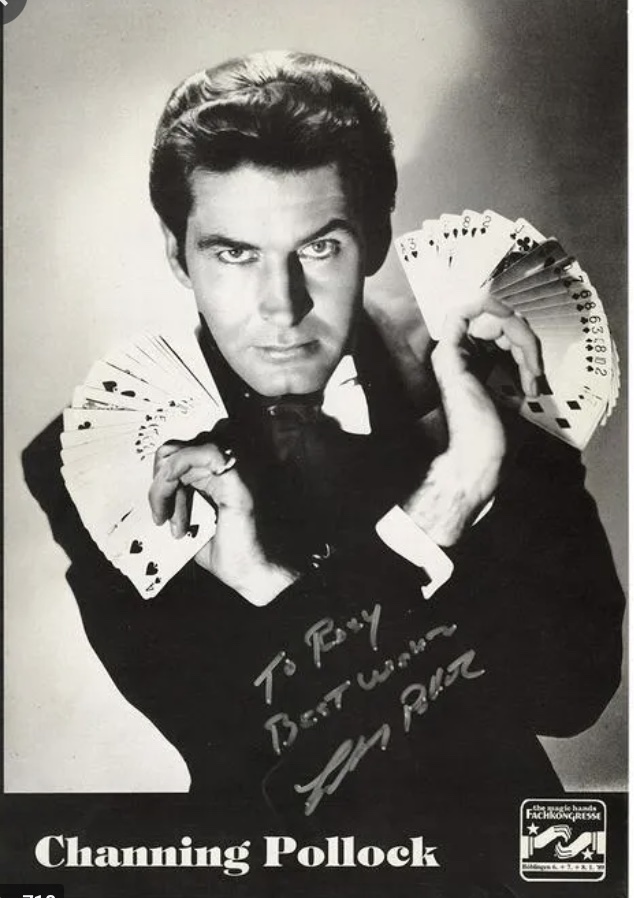
And do you want to know the trick I did? Ha, it was an early version of “The Deck of Missed Opportunities”, p. 1 in Confidences (out of print). But I remind you, that you can watch a (later!) performance of it on my YouTube Channel.
I remember that at the end of the performance, the man whom I had been addressing as Mr. Pollock (what else?) all of the time, said to me, “Call me Channing.”
I assumed that was his way of saying that he liked what he saw. But frankly, I cannot remember much more of the conversation that ensued in the following two hours or so. But it certainly was quite something for Young Giobbi, and what a “Memory”.
I only remember that afterwards David and I went to the breakfast buffet at the hotel, which opened at 6 am, and after this I went to sleep for 4 hours, for at 11 the first lecture was on. Apparently I had been influenced by David Berglas, who in an earlier conversation told me that all his life ne never slept more than 4 hours…
I will tell you a few anecdotes with that genius David Berglas in some other installment of The Magic Memories, as I had the privilege of spending quite a bit of time in his company, and he and his wife Ruth even visited my home in Switzerland.
Stop Press
A few hours ago received 50 units of a lovely USB-stick integrated into a credit card format (8,3 x 5,3 x 0,2 cm), in a sturdy protective plastic case, with all the 27 MP4 files of Card College 3&4 – Personal Instruction. If you bought the download, you obviously don’t need that. But I made them just in case someone wants an alternative. You can access each file directly on the stick, or you can download a selection or all of them. There is a 10-year warranty on them, and best of all, it is the same price, although the stick is expensive (you have to pay for shipping, though, but not much, as it is light and small). If you want one, or know someone who wants one, or want to make a gift to someone (good idea!), send me an email through the “Infos / Contact” form on the webshop HERE. I’ll then send you a PayPal link for payment.
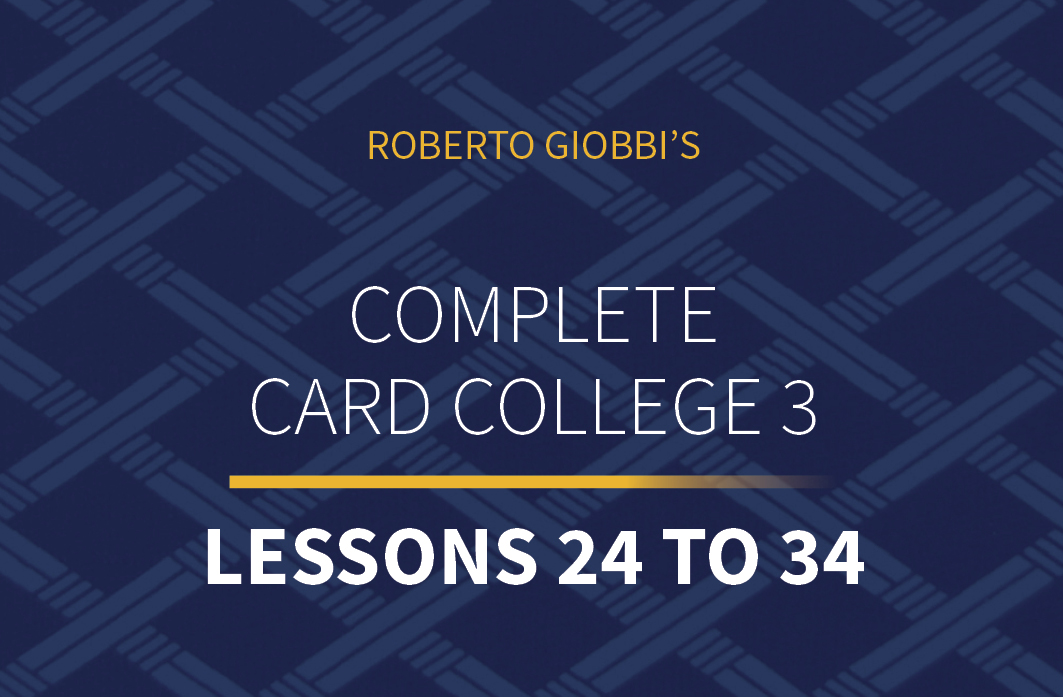
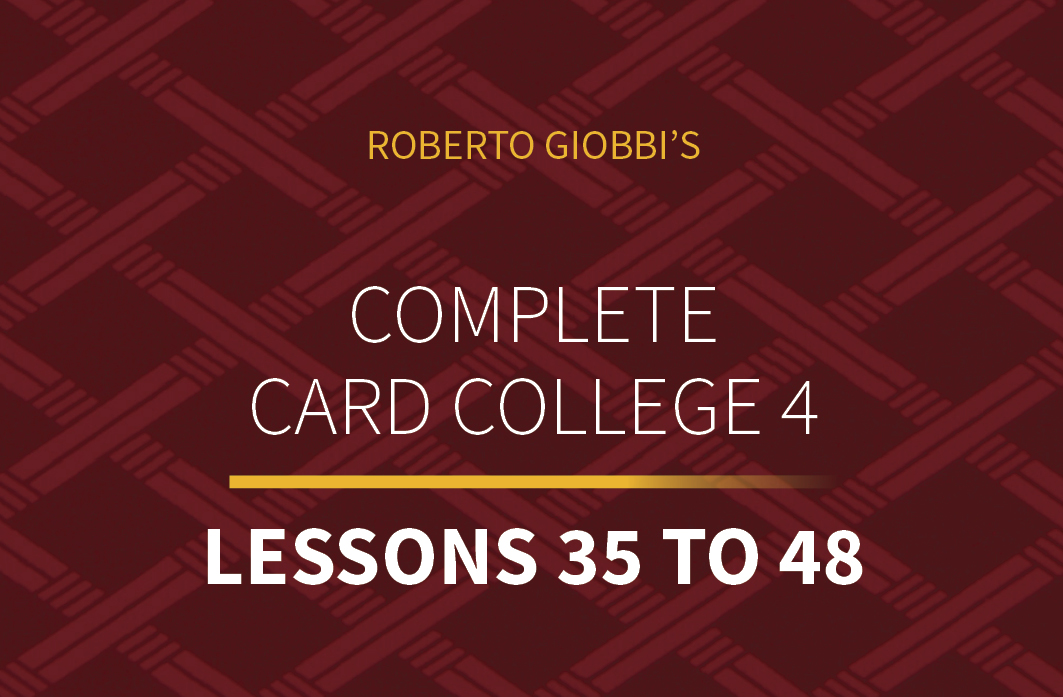
Now wish you all a happy week, and talk again on The Magic Memories 74,
Roberto Giobbi
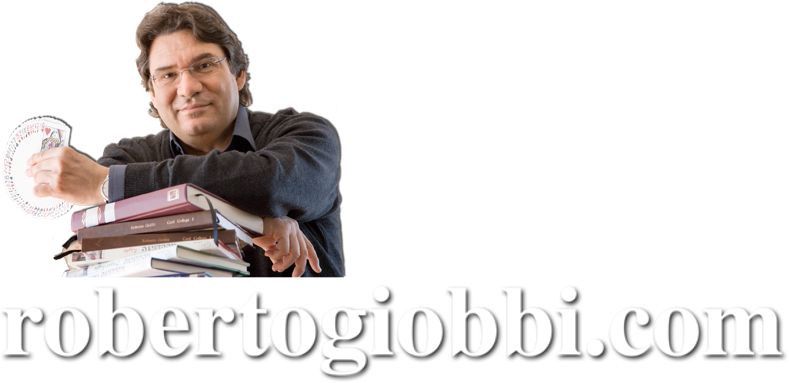
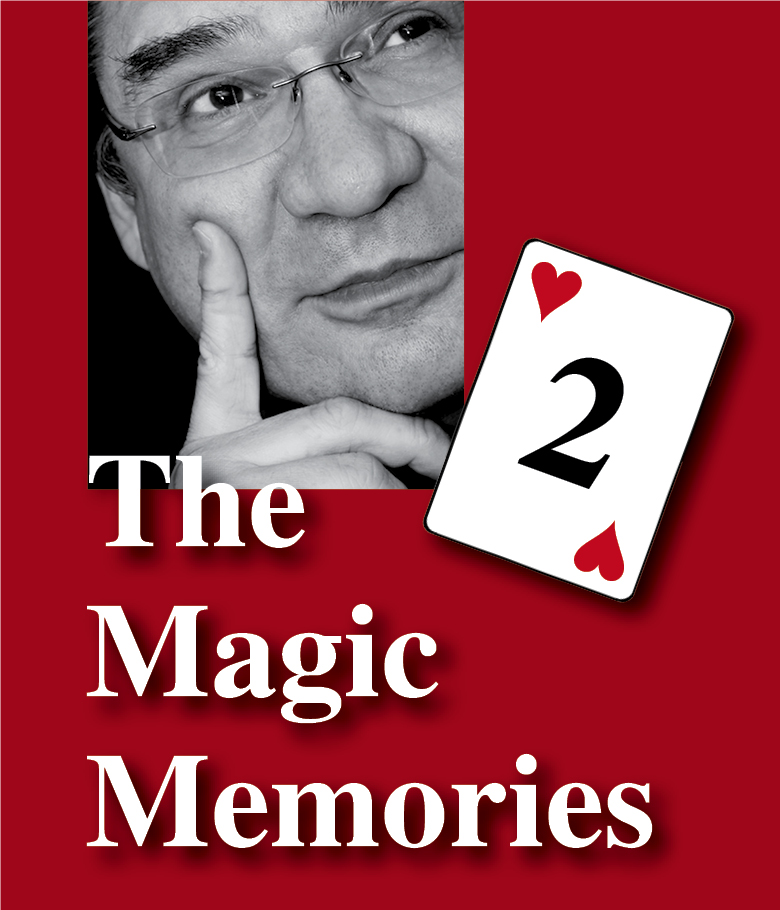
LOVE the USB idea!!
Personally, Roberto, “Stand-Up Card Magic” and “Confidences” are my two favorite books you’ve written! But, to prove your point, I do perform professionally.